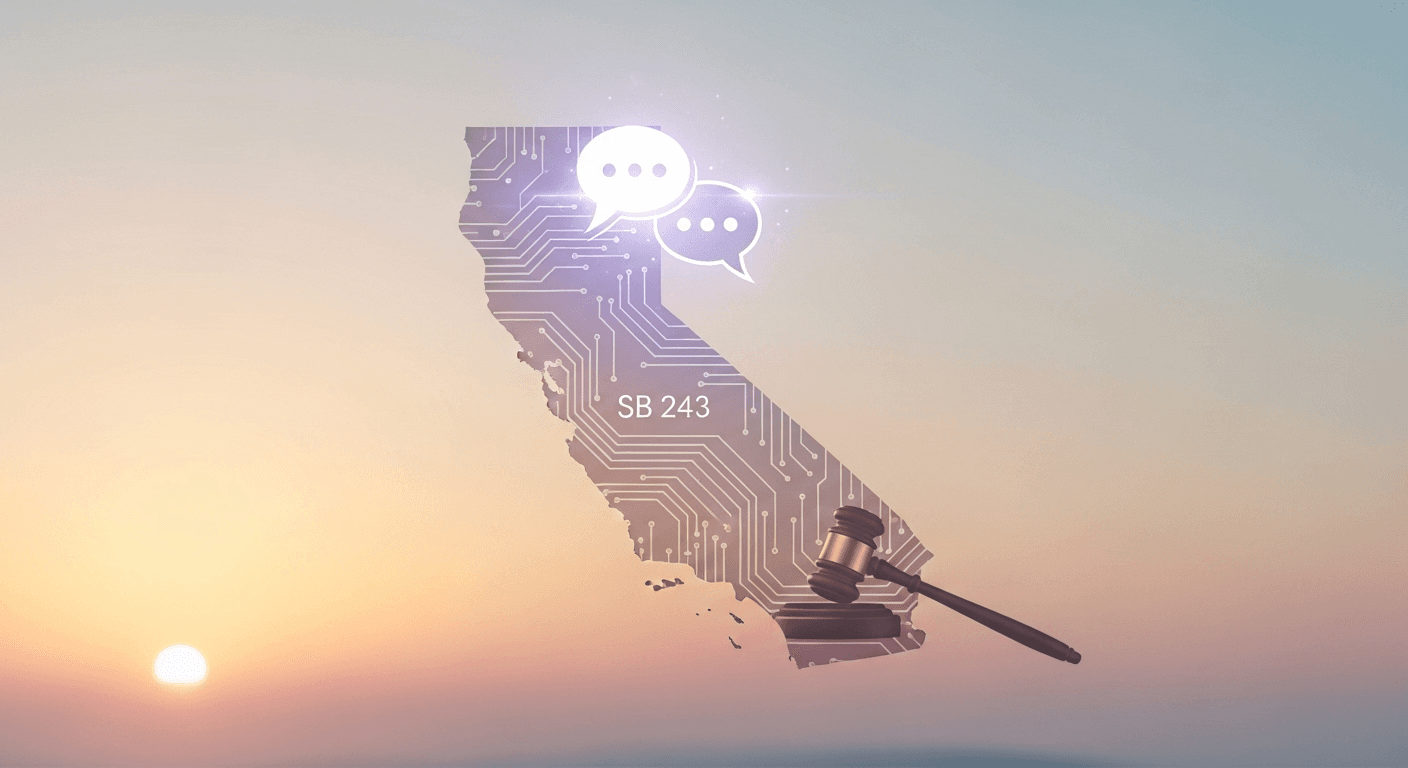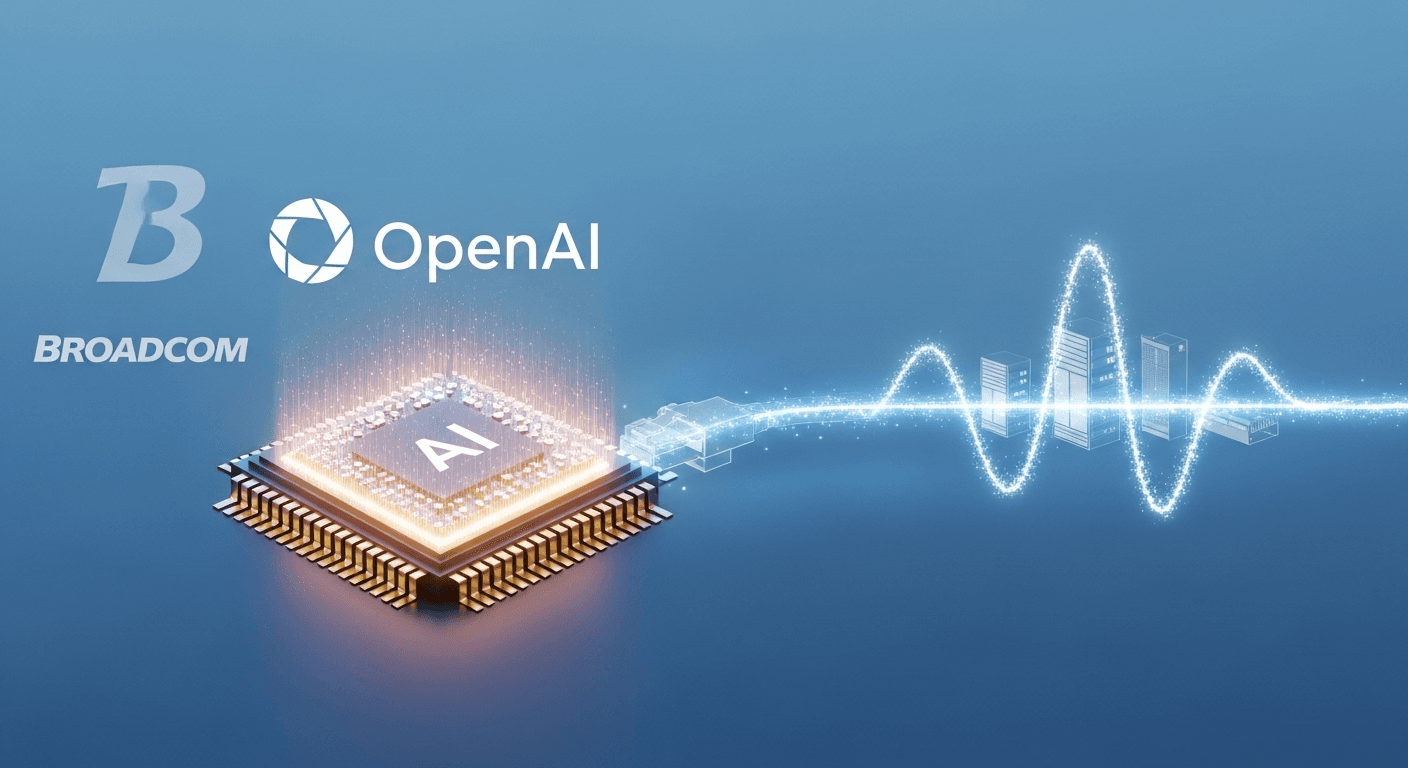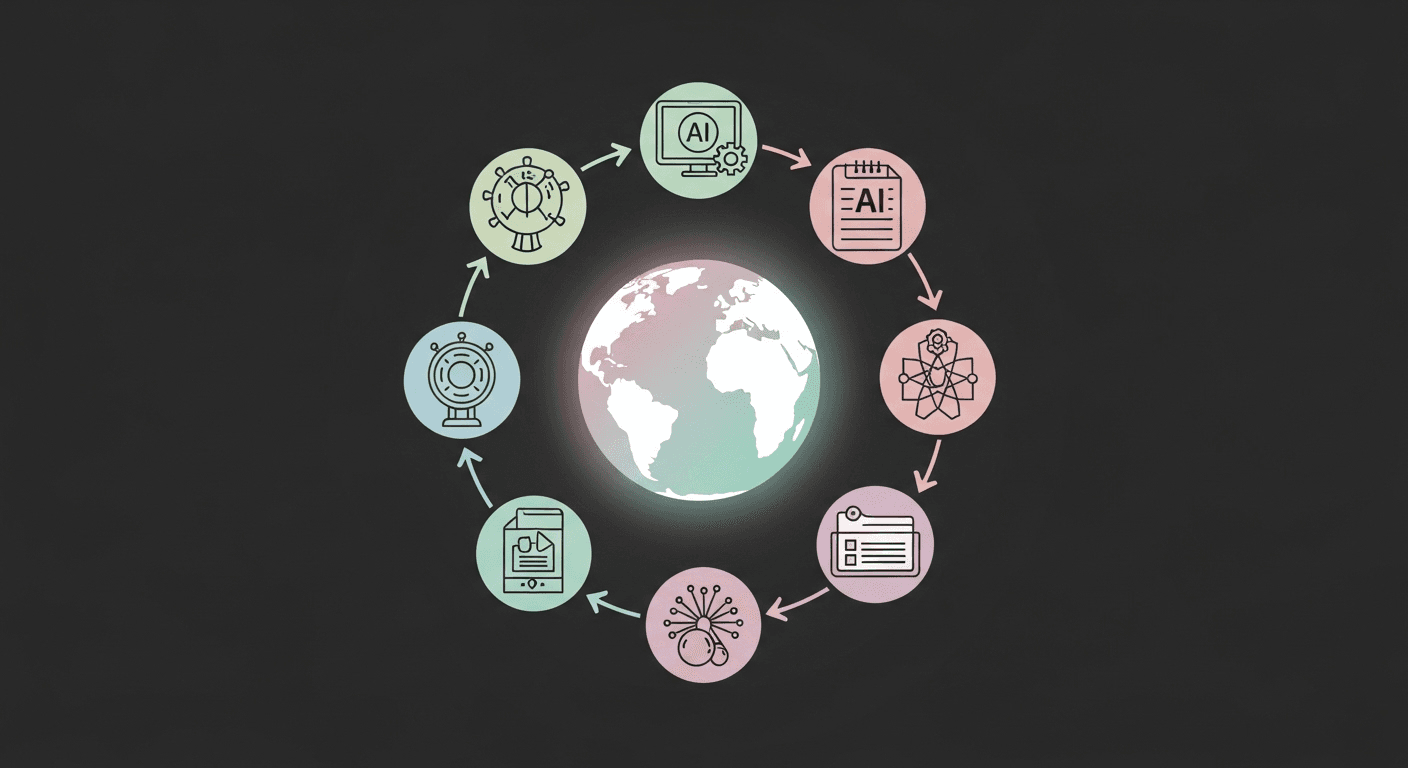Inside Ukraine’s “Sky Fortress”: How Acoustic AI Is Changing Drone Defense

The buzz you can't miss: Why an acoustic shield matters now
Russia's Shahed “kamikaze” drones are loud, cheap, and relentless. If you've heard their moped-like buzz in videos from Ukraine, you know the sound is both eerie and useful. That signature noise is exactly what a new wave of defensive tech is designed to catch.
Dubbed “Sky Fortress” in media coverage, Ukraine's latest innovation reportedly uses networks of low-cost microphones and on-device AI to detect incoming drones by sound, then cue air-defense teams to intercept. Acoustic sensing isn't a silver bullet, but it offers one thing Ukraine needs most: fast, affordable early warning at the low altitudes where small drones can hide from radar.
This explainer breaks down what an acoustic air-defense network is, how it fits into Ukraine's layered shield, what it can (and can't) do, and why entrepreneurs and public-safety leaders should pay attention.
What is “Sky Fortress” (and why acoustic)?
“Sky Fortress” refers to a newly reported acoustic air-defense concept taking shape in Ukraine: a distributed grid of smart microphones that continuously listens for known threats—especially Shahed-131/136 drones—then alerts nearby air-defense units in seconds. Think of it as a citywide “hearing” layer that complements radar and thermal sensors.
Why sound makes sense against Shaheds
- Distinct noise: Shaheds use small piston engines that produce a recognizable, low-frequency buzz—helpful for classification at distance. Independent reporting and analyses have long highlighted their “moped” sound profile.
- Low-altitude coverage: Small drones can fly low to mask themselves from radar; microphones hug the ground with them.
- Cost and scale: Microphone nodes are cheap, easy to deploy in large numbers, and resilient to electronic warfare (they don't emit).
Bottom line: Acoustic sensing won't replace radar or electro-optical systems—but it fills a critical gap for detecting small, low, and slow threats early enough to cue a response.
How an acoustic air-defense network works
1) Edge listening stations
Weatherized microphone nodes listen continuously. On-device models filter out background noise (traffic, construction, birds) and watch for the spectral “fingerprints” of threats. Vendors like Squarehead have shown how beamforming arrays can track drones acoustically in real-world environments.
2) AI classification
Machine-learning models trained on thousands of sound samples classify signatures such as “Shahed,” “quadrotor,” or “fixed-wing.” Confidence scores and direction-of-arrival are calculated in near-real time.
3) Triangulation and cueing
Multiple nodes pick up the same sound; the network estimates bearing, range, speed, and heading. Alerts are pushed to local air-defense teams and command posts, and can also notify citizen spotters through Ukraine's official ePPO app.
4) Intercept
Mobile fire groups (equipped with searchlights, thermal imagers, heavy machine guns, and MANPADS) and systems like Gepard SPAAGs use the cue to visually acquire, jam, or shoot the target. In the best case, acoustic cueing buys precious seconds to task the right shooter without wasting expensive missiles.
What acoustic defense does well—and where it struggles
Strengths
- Early warning at low altitude: Especially useful in urban canyons and terrain that masks radar.
- Affordable and scalable: Hundreds of nodes can blanket a region at a fraction of radar costs.
- Passive and resilient: Hard to jam; adds redundancy if radar and RF sensors are saturated.
Limits
- Weather and noise: Wind, rain, and urban noise reduce range and increase false alarms.
- Quieter threats: Small electric quadcopters are harder to detect at distance than loud Shaheds.
- Localization accuracy: Bearing estimates are strong; precise range requires multi-node triangulation and good geometry.
- Not a shooter: Acoustic grids cue and track—they don't neutralize targets on their own.
Where “Sky Fortress” fits in Ukraine’s layered air defense
Ukraine's shield is deliberately multi-layered, mixing high-end systems (Patriot, IRIS-T, NASAMS) with medium/short-range defenses and mobile fire groups that roam cities and highways. Acoustic cueing strengthens that last mile.
- Strategic layer: Patriots, SAMP/T, and S-300s handle high-speed missiles and aircraft.
- Operational layer: NASAMS, IRIS-T SLM, Buk/M, and Gepard counter cruise missiles and larger UAVs.
- Tactical layer: Mobile teams with thermal scopes, searchlights, EW, and machine guns—where acoustic alerts are most actionable.
Ukraine has also embraced citizen reporting via the official ePPO app, which lets verified users report sightings that feed into a national picture. Acoustic nodes and ePPO complement each other: microphones hear what people can't see, and people confirm what microphones detect.
What this means beyond the battlefield
For city leaders and security planners
- Deploy low-cost acoustic nodes around critical infrastructure (airports, power substations, ports) as a passive early-warning layer.
- Fuse audio cues with radar, RF detection, and thermal cameras to reduce false alarms.
- Run regular “red team” drills with drone operators to test detection ranges, blind spots, and response times.
For entrepreneurs and startups
- Edge AI opportunities: TinyML models for noise-robust classification and direction-of-arrival.
- Networking and data: Secure, low-latency mesh networks; privacy-preserving telemetry; standardized APIs.
- Interoperability: Products that export STANAG/ASTM-compliant tracks will slot into defense command systems faster.
For AI practitioners
- Build curated, labeled audio datasets for different drone types and environments; augment with simulated acoustics.
- Explore multimodal fusion (audio + RF + IR) to boost precision and cut false positives.
- Focus on robustness: domain adaptation for weather, urban noise, and adversarial decoys.
Risks, ethics, and governance
- Privacy: Always-on microphones raise concerns. Best practice is to process on-device, discard raw audio, and transmit only threat metadata.
- Transparency and oversight: Clear policies on data retention, access, and civilian use reduce misuse risks.
- Countermeasures: Adversaries may dampen noise, alter propellers, or deploy decoy sound sources; models must adapt.
What to watch next
- Network density: How many nodes per square kilometer are needed for consistent early warning in cities vs. rural areas?
- Model updates at the edge: Secure, over-the-air retraining as new drone variants emerge.
- Standardization: NATO-aligned data formats to plug acoustic tracks into existing air-defense C2 systems.
- Procurement and exports: Dual-use versions for airports, stadiums, and energy sites worldwide.
Conclusion: The future is multisensor—and affordable
Ukraine's “Sky Fortress” approach captures a bigger shift in defense: pairing high-end systems with smart, low-cost sensors to widen the net. Acoustic AI won't stop everything—but it can hear what radar misses, buy time for responders, and make expensive interceptors go further. For cities, companies, and innovators, that's a blueprint worth copying.
FAQs
Is acoustic detection a replacement for radar?
No. It's a complementary layer that excels at spotting low, slow, and small threats—especially loud ones like Shaheds—while radar covers higher, faster targets.
How far can microphones detect a Shahed drone?
Range varies with terrain, wind, and background noise. In favorable conditions, loud piston-engine drones can be heard many kilometers away; urban noise or bad weather reduces range.
Can Russia evade acoustic detection?
Adversaries can dampen noise, change propellers, or use decoys. Networks adapt by updating models, fusing audio with RF/IR sensors, and increasing node density.
Does acoustic defense work on small quadcopters?
Yes, but with shorter ranges than for Shaheds. Fusion with RF and optical sensors significantly improves performance against quiet electric drones.
How is the public involved?
In Ukraine, the official ePPO app lets verified users report sightings that feed into air-defense workflows, complementing sensor networks.
Sources
Thank You for Reading this Blog and See You Soon! 🙏 👋
Let's connect 🚀
Latest Blogs
Read My Latest Blogs about AI

5 AI Stories Shaping Business Today: Power, Data Debt, Tariffs, Penthouses, and the Context Gap
A clear roundup of 5 AI trends shaping business now: power-hungry data centers, data debt, AI for tariffs, luxury sales with AI, and the context gap — with takeaways.
Read more


